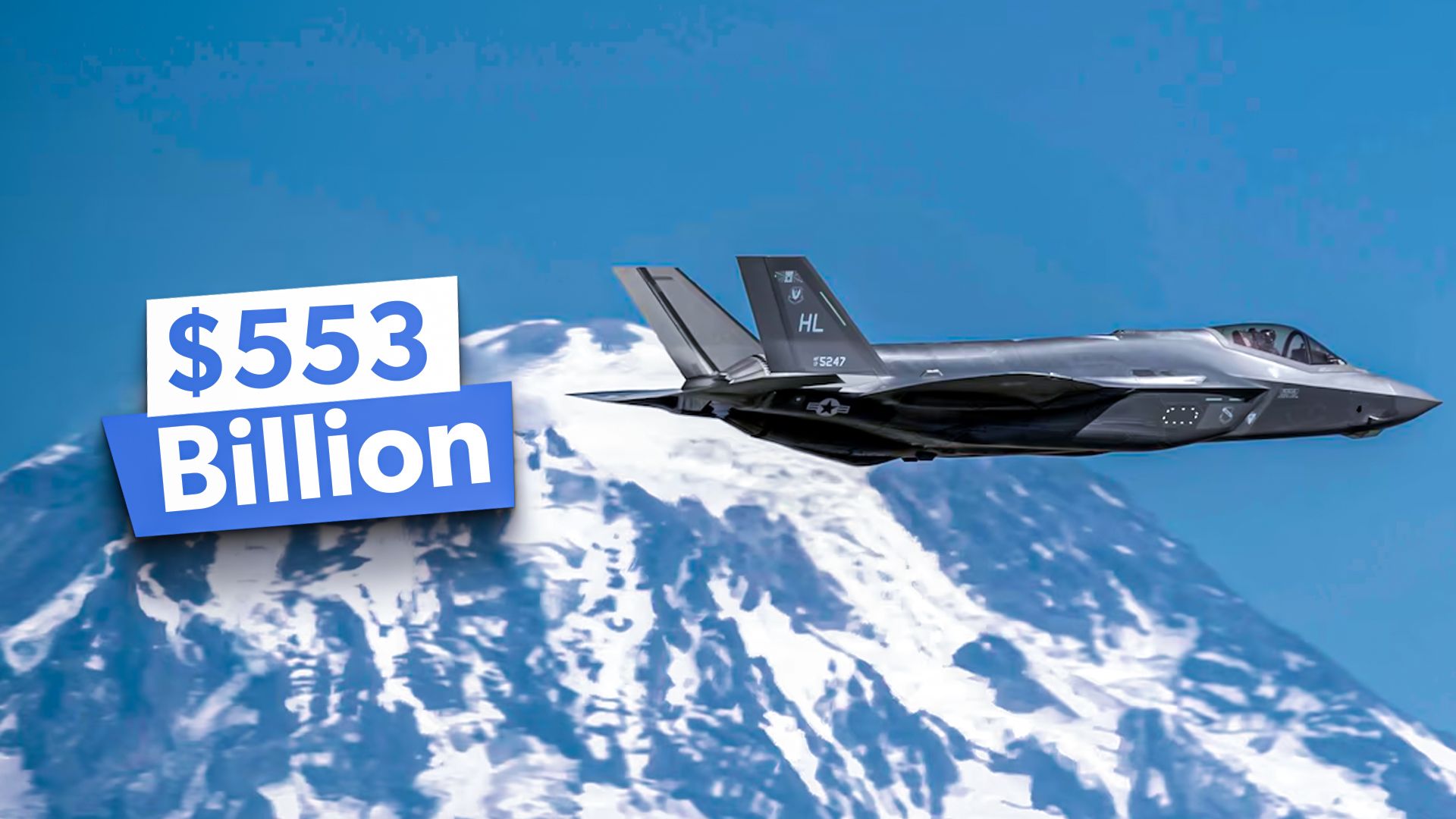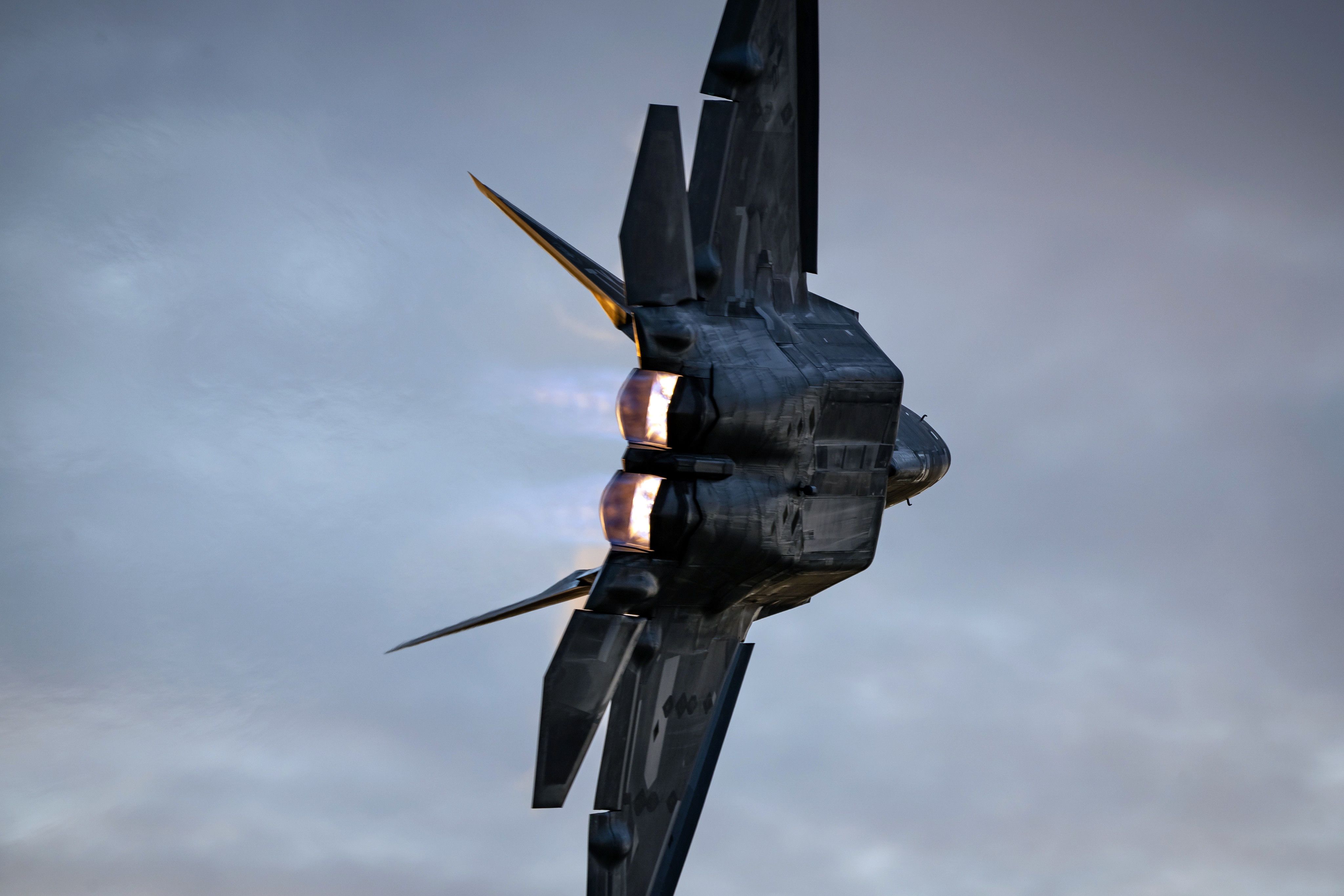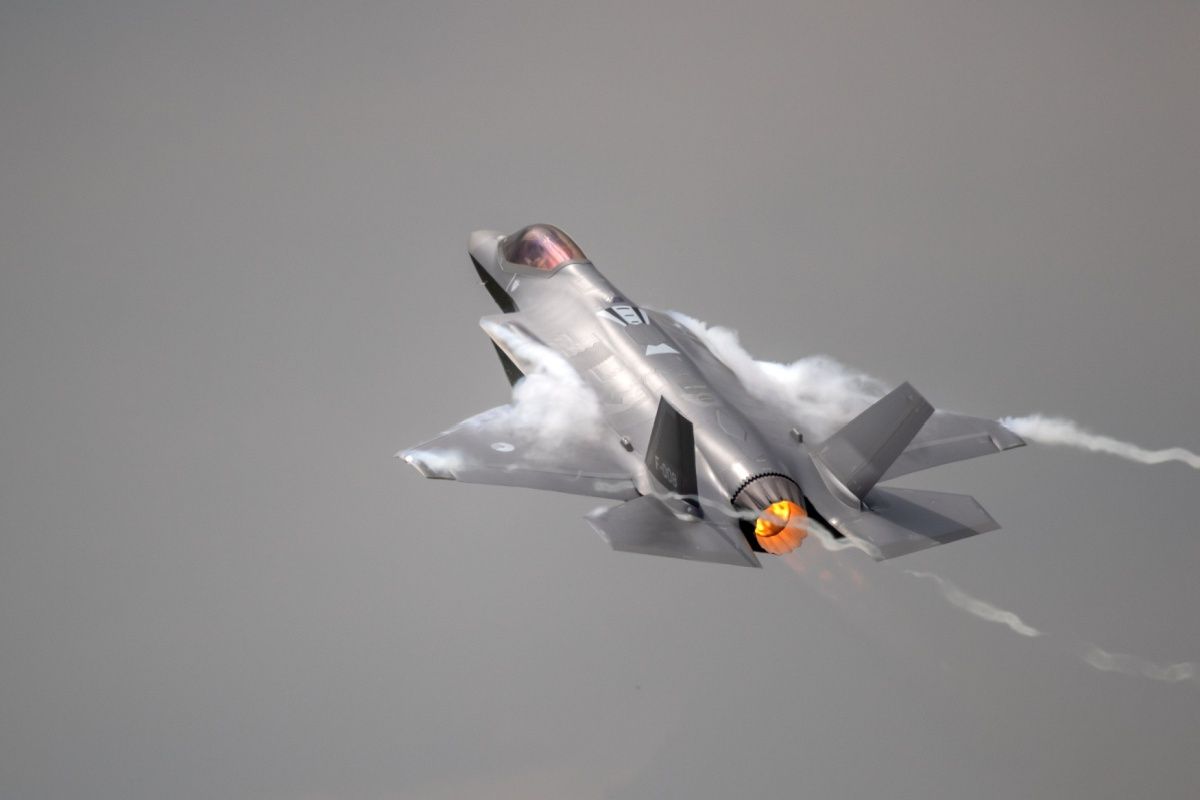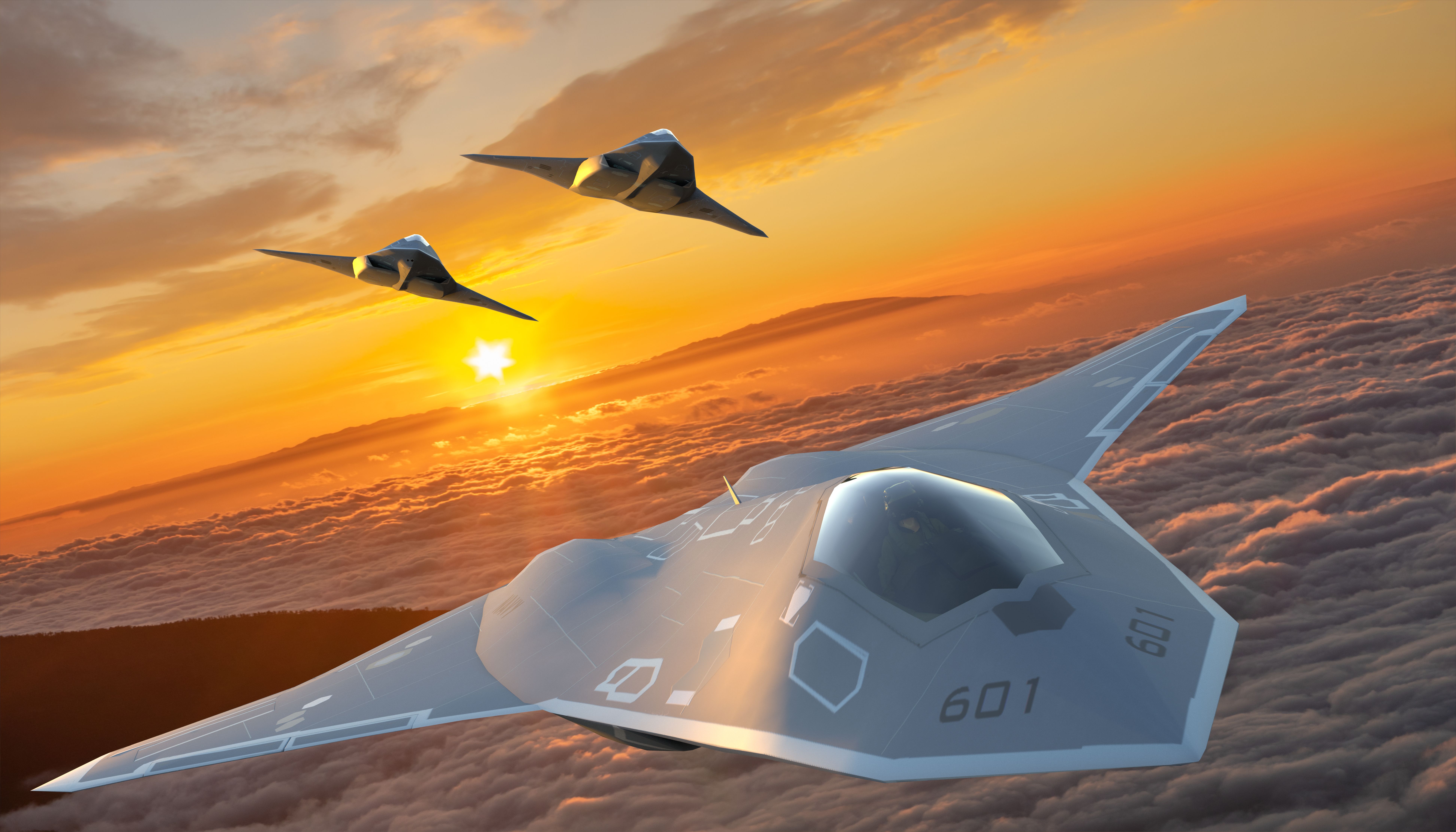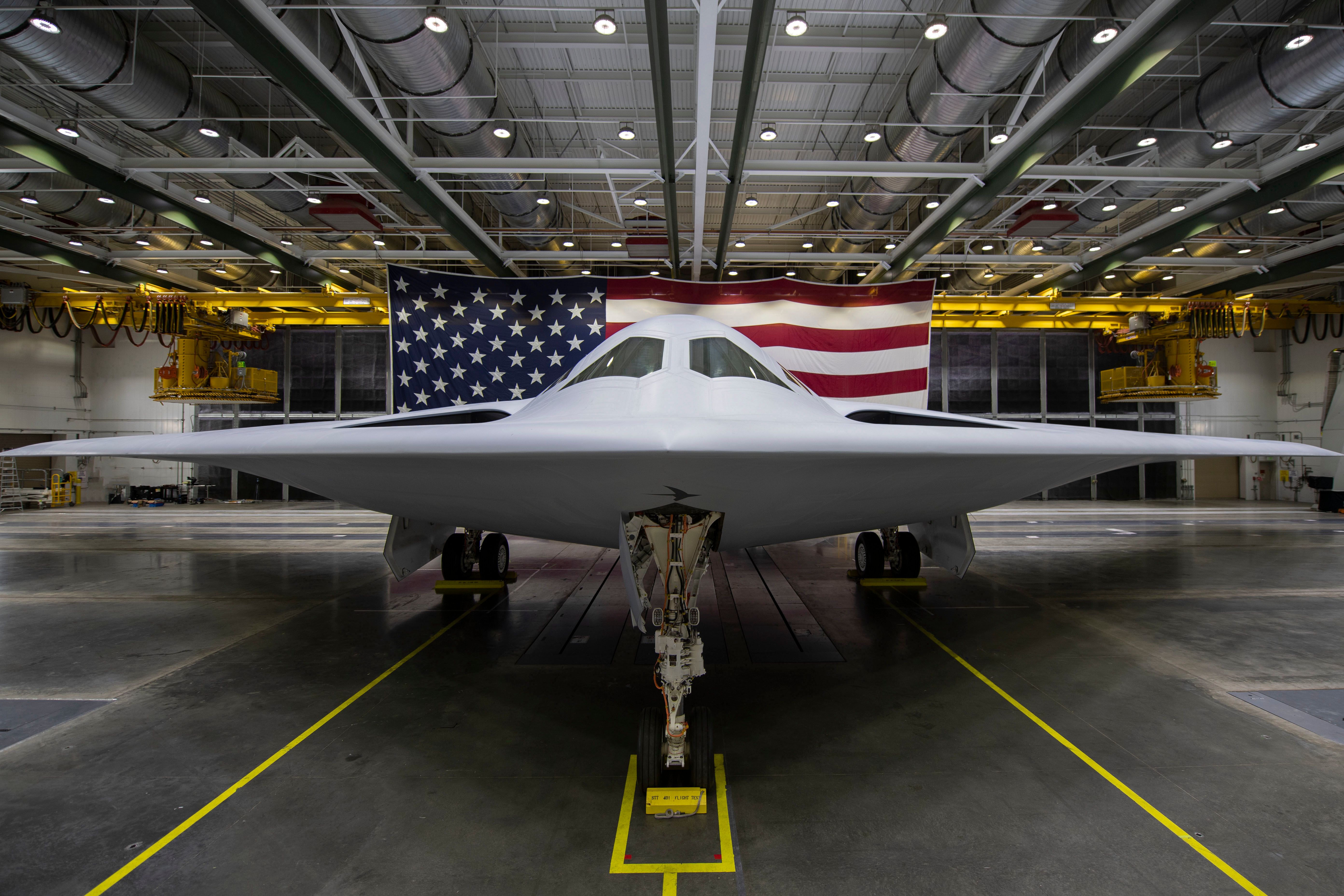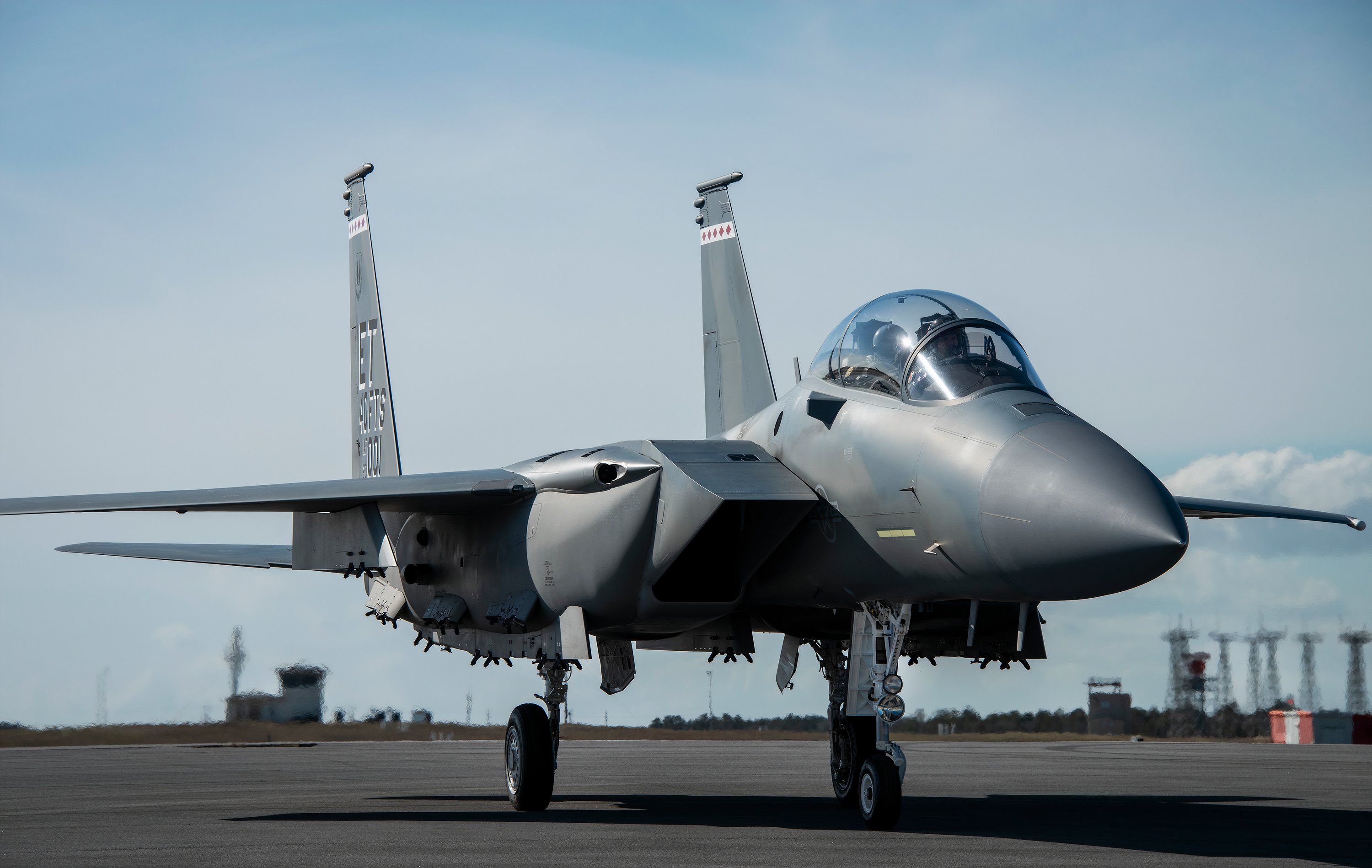Summary
- Aircraft account for over half of the $1.028 trillion planned expenditure on military programs examined by GAO.
- F-35 Lightning II had the largest year-on-year cost increase of $8.9 billion of all major programs assessed.
- Ground combat accounted for less than 1% of major acquisitions, focusing heavily on aircraft.
Purchasing new aircraft accounts for, by far, the lion’s share of the 31 Major Defense Acquisition Programs assessed in a new Government Accountability Office report (GAO) report. The GAO has already flagged serious F-35 delays and cost increases, so it shouldn’t come as a surprise that the F-35 accounted for the greatest year-on-year cost increase of any major program examined by the GAO. The planned expenditures highlight the United States’ massive emphasis on air dominance, air-based power projection, strike missions, and aerial reconnaissance.
The 31 MDAPs assessed by the GAO report
In its overview of the DoD Weapon Portfolio, the GAO states that the DoD plans to spend over $2 trillion to develop and acquire its costliest weapon programs. The GAO conducted an in-depth analysis of 34 MDAPs, which cumulatively account for around half ($1.028 trillion) of the planned expenditure.
Photo: Tech. Sgt. Ben Bloker | USAF
|
Est. Cost by commodity for 31 major defense acquisition programs |
|||
|---|---|---|---|
|
Aircraft: |
$553 billion |
Satellites: |
$21 billion |
|
Submarines: |
$116 billion |
Missiles: |
$19 billion |
|
Ships: |
$138 billion |
Sensors: |
$13 billion |
|
Munitions: |
$106 billion |
Ground combat: |
$7 billion |
|
Helicopters: |
$23 billion |
Other: |
$18 billion |
|
Radar: |
$11 billion |
||
Over half of the $1.058 trillion will be spent on aircraft—a whopping $553 billion or $576 billion if helicopters are included (excluding aircraft’s share of munitions and missiles). The estimated cost by military service of the 31 current major defense acquisition programs are as follows:
- Joint DoD: $447 billion
- Navy: $314 billion
- Air Force: $198 billion
- Army: $49 billion
- Space Force: $21 billion
Given that half of the expenditure is on aircraft, it is likely that a large share of the joint DoD, Navy, and possibly Army (with helicopters) is slated for aircraft acquisition. One of the glaring takeaways from the GAO report about major acquisitions is how little applies to the Army—at least for land war. While the news may be flooded with videos and images of the Full-Scale Russian Invasion of Ukraine (overwhelmingly a land war), this appears to not be the war the United States is preparing to fight.
Photo: VanderWolf Images l Shutterstock
Ground combat accounted for less than 1% of the major acquisitions assessed by the GAO report. While land wars are much cheaper than fighting in the air and sea domains, it is clear that large ground combat operations are not what the DoD is preparing itself for.
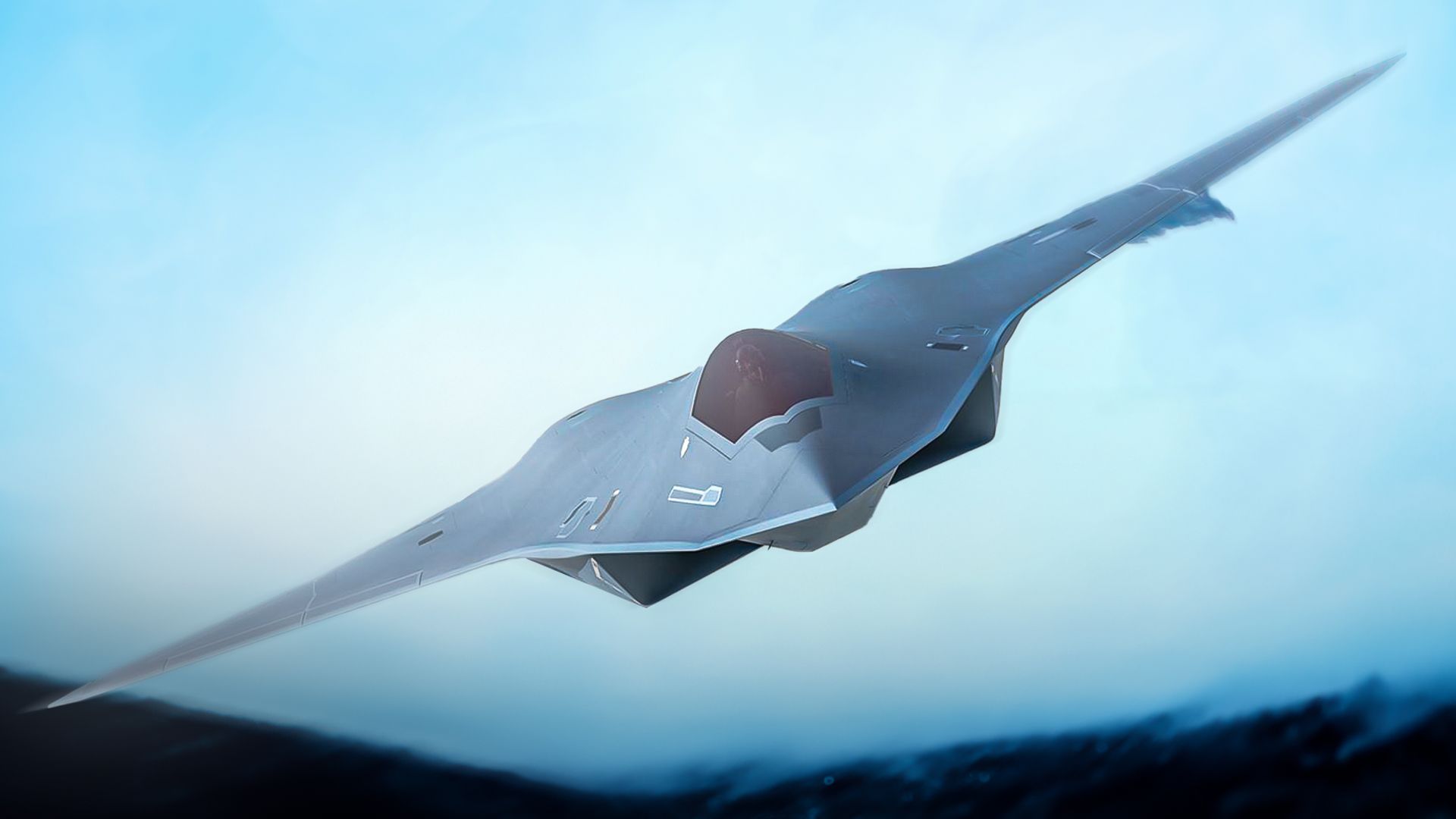
Related
How Much Does It Cost To Develop US Air Force 6th Generation Fighter Jets?
An individual NGAD fighter is expected to cost hundreds of millions of dollars dwarfing the cost of an F-35.
Biggest cost risers and fallers
The GAO report found that of the 76 MDAPs in the DoD’s MDAP portfolio, 34 programs are generally in development or early stages of production. The report assessed 31 Major Defense Acquisition Programs and found that aircraft dominated the biggest cost risers and fallers (yes, costs can also fall with defense contracts).
|
Largest YoY cost decrease: |
Program: |
Largest YoY cost Increase: |
Program: |
|---|---|---|---|
|
-$6.93 billion |
SSBN 826 Columbia Class submarine |
$8.904 billion |
F-35 Lighting II |
|
-$3.29 billion |
MQ-4C Triton drone |
$3.188 billion |
F-15EX |
|
-$2.033 billion |
KC-46A Tanker Modernization |
$2.582 billion |
Air and Missile Defense Radar |
|
-$1.367 billion |
GPS III Follow-on Production |
$0.883 billion |
MQ-25 Stingray |
|
-$1.266 billion |
F-15 Passive Active Warning system |
$0.453 billion |
Improved Turbine Engine Program |
Photo: Mike Mareen | Shutterstock
Regarding cost changes since the GAO’s last report the previous year, 16 programs had a cost decrease this year, and 14 had a cost increase (one program reported no change). Two of the 16 cost-increase programs were due to increased quantities. The cost increases for the other 12 programs were because of “development issues, obsolescence, and production issues, among other factors.”
Despite further delays and increased costs associated with delivering wing aerial refueling pods, the Air Force’s KC-46A Tanker Modernization Program reported the third-largest decrease in expected costs (a decrease of $2 billion). Separately and not covered in the report, the Air Force’s next-generation strategic bomber – the B-21 Raider – is reported to be $2 billion under budget.
Photo: U.S. Air Force
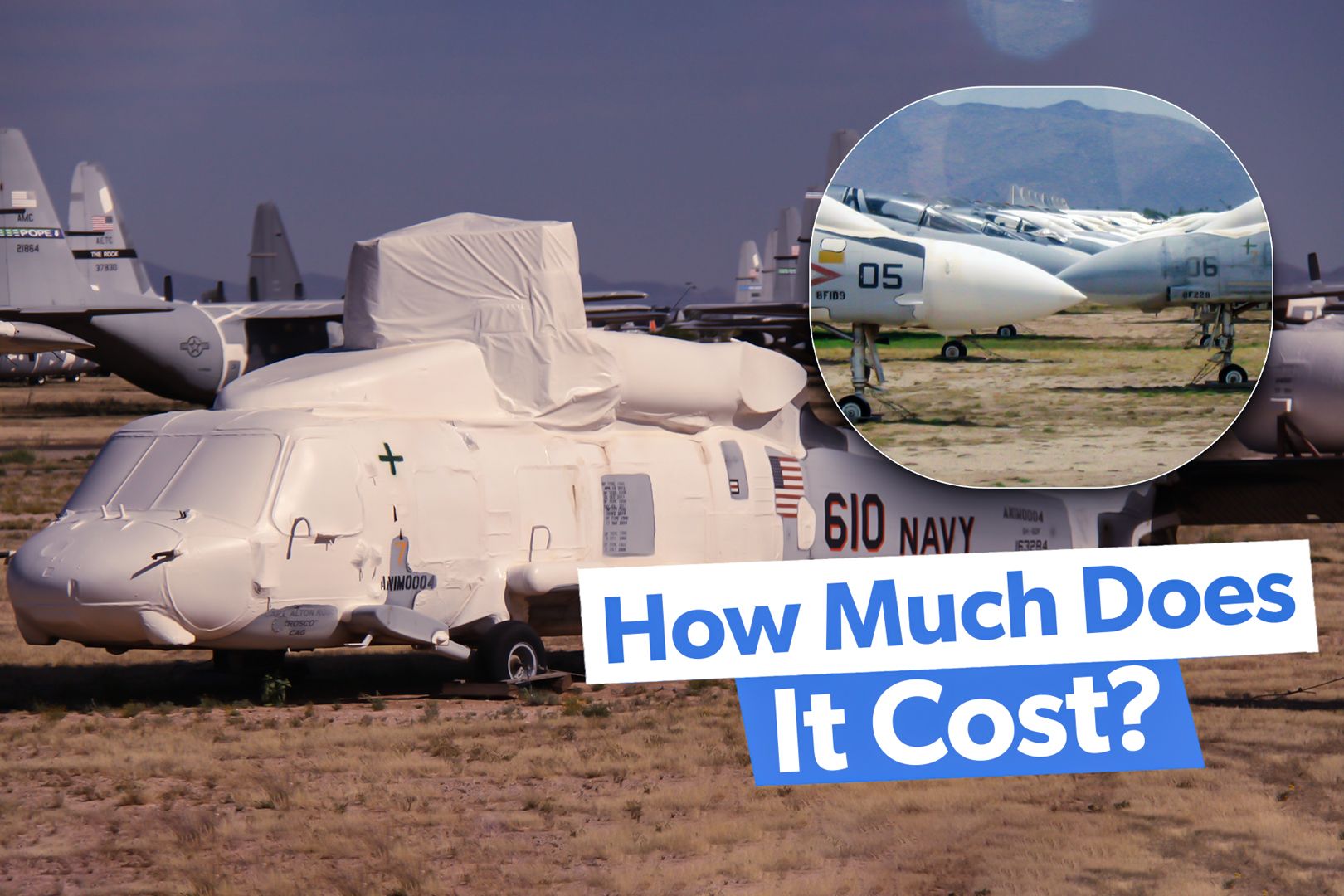
Related
How Much Does It Cost To Maintain The US Air Force & Navy’s Aircraft Fleet?
Aircraft are expensive to maintain with many billions coming out of the budget to maintain the Air Force’s and Navy’s fleets.
F-35s & F-15s are the biggest cost risers.
The DoD’s F-35 Lightning II program grew an additional $8.9 billion over the year. According to the report, this is partly due to increasing modernization costs and rising procurement costs driven by delayed aircraft deliveries.
The F-35 program is currently facing delays due to the Technology Refresh 3 upgrade, which has caused around 100 F-35s to be built but undelivered. Lockheed Martin has reportedly been facing issues finding places to park them. The backlog is not expected to be cleared for another year.
The new F-15EX variant of the Strike Eagle was developed because fewer F-22 Raptors were procured. The advanced 4.5th-generation fighter is seen as complementing the F-35 and F-22 stealth fighters until it is eventually replaced by the NGAD 6th-generation fighter program currently in development.
Photo: USAF
The F-15EX benefits from being able to carry greater payloads, having a long strike range, being easy to transition to, being largely supported by legacy infrastructure, and generally being cheaper and easier to maintain than the advanced F-35. However, cost increases have seen the basic unit cost of an F-15EX rise to levels comparable to the F-35 (although lifetime operating costs may be significantly lower).

